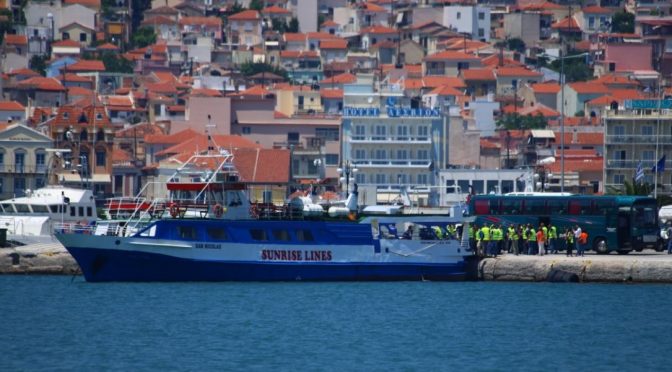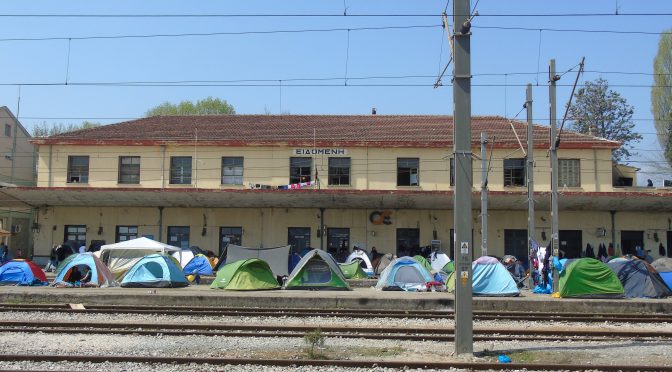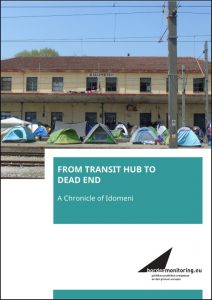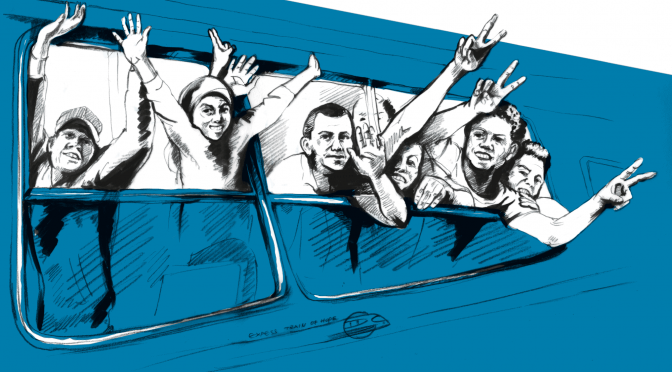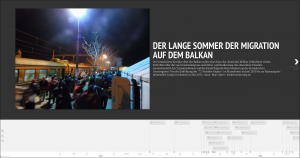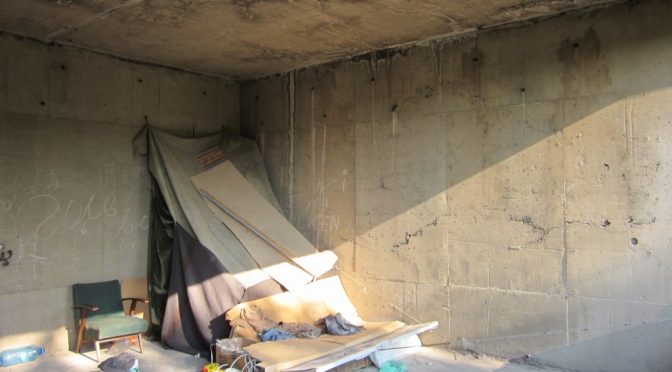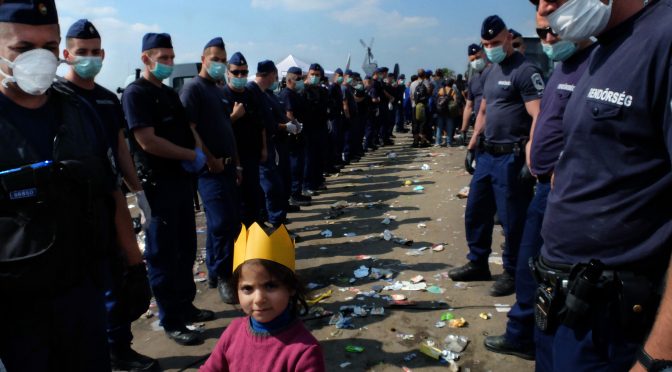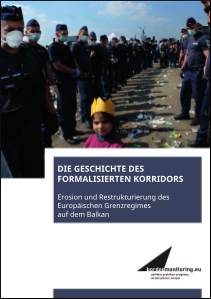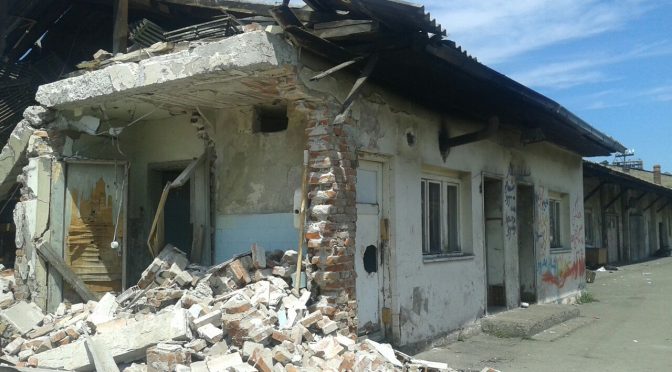Bei bordermonitoring.eu geht ein weiteres Projekt an den Start: Deportation Monitoring Aegean berichtet über Abschiebungen von den griechischen Inseln (mit einem Schwerpunkt auf Lesbos) in die Türkei. Bereits seit einem Jahr beobachtet die für den Blog verantwortliche Gruppe auf Lesbos Abschiebungen unter dem EU-Türkei Deal und dem bilateralen Rückführungs-Abkommen zwischen Griechenland und der Türkei.
Die unabhängige Monitoring-Struktur bildete sich aus den Unterstützungsstrukturen für Geflüchtete auf der Insel Lesbos heraus, die immer wieder damit konfrontiert waren, dass einige Menschen plötzlich „verschwanden“. Das Monitoring ist auch eine Reaktion auf die vollständige Intransparenz bezüglich bevorstehender Abschiebungen auf den griechischen Inseln und das Fehlen jedweder Monitoring-Strukturen, die die Vorgänge um die Abschiebungen dokumentieren.
Seit Abschluss des EU-Türkei-Deals im März 2016 können Menschen von den griechischen Inseln aus nach dem Durchlaufen eines sogenannten „Fast-Track Border Procedure“ zurück in die Türkei abgeschoben werden, ohne dass ihr Asylantrag inhaltlich geprüft wurde: Denn falls die Türkei in einem dem eigentlichen Asylverfahren vorgeschalteten Verfahren als „sicherer Drittstaat“ bewertet wurde, können die Betroffenen unmittelbar in die Türkei abgeschoben werden, die dann die eigentliche Prüfung der Asylanträge übernehmen soll. Nahezu alle Personen, die keine syrische Staatsbürgerschaft besitzen, werden nach der Abschiebung in der Türkei inhaftiert. Und viele werden sogar ohne weitere Prüfung ihrer Asylanträge in ihr Herkunftsland zurückgeschoben.
Ziel des Blogs ist es, all dies detailliert – insbesondere anhand von Einzelfällen – zu dokumentieren. Dabei sollen vor allem auch Diskrepanzen zwischen offiziellen Informationen und tatsächlichen Abläufen aufgezeigt und die Situation in Verwaltungs- und Abschiebehaft dokumentiert werden. Auch die in die Abschiebungen involvierten Akteure und Institutionen werden in den Blick genommen. Weiterhin sollen auf dem Blog Informationen darüber gesammelt werden, was mit den Menschen nach ihrer Abschiebung passierte.
Für all dies kann Deportation Monitoring Aegean auf ein Netzwerk von Geflüchteten, Aktivist_innen, NGOs und Anwält_innen zurückgreifen. Der Blog selbst ist in verschiedene Seiten untergliedert: Im Bereich Weekly Updates werden nach jeder nachverfolgbaren Abschiebung in die Türkei tabellarisch wesentliche Informationen über die beobachteten Abschiebungen aufgeführt. In der Sektion Reports finden sich detailliertere Dokumentationen von Einzelfällen, wobei insbesondere auf rechtswidrige Abschiebungen und Abschiebungen in rechtlichen Grauzonen eingegangen wird. Auch sogenannte „freiwillige Rückführungen“ werden dokumentiert werden. Auf der Unterseite EU-Turkey Deportation Regime werden zudem vertiefende Analysen zur Entwicklung des Europäischen Grenzregimes in der Ägäis veröffentlicht werden.
